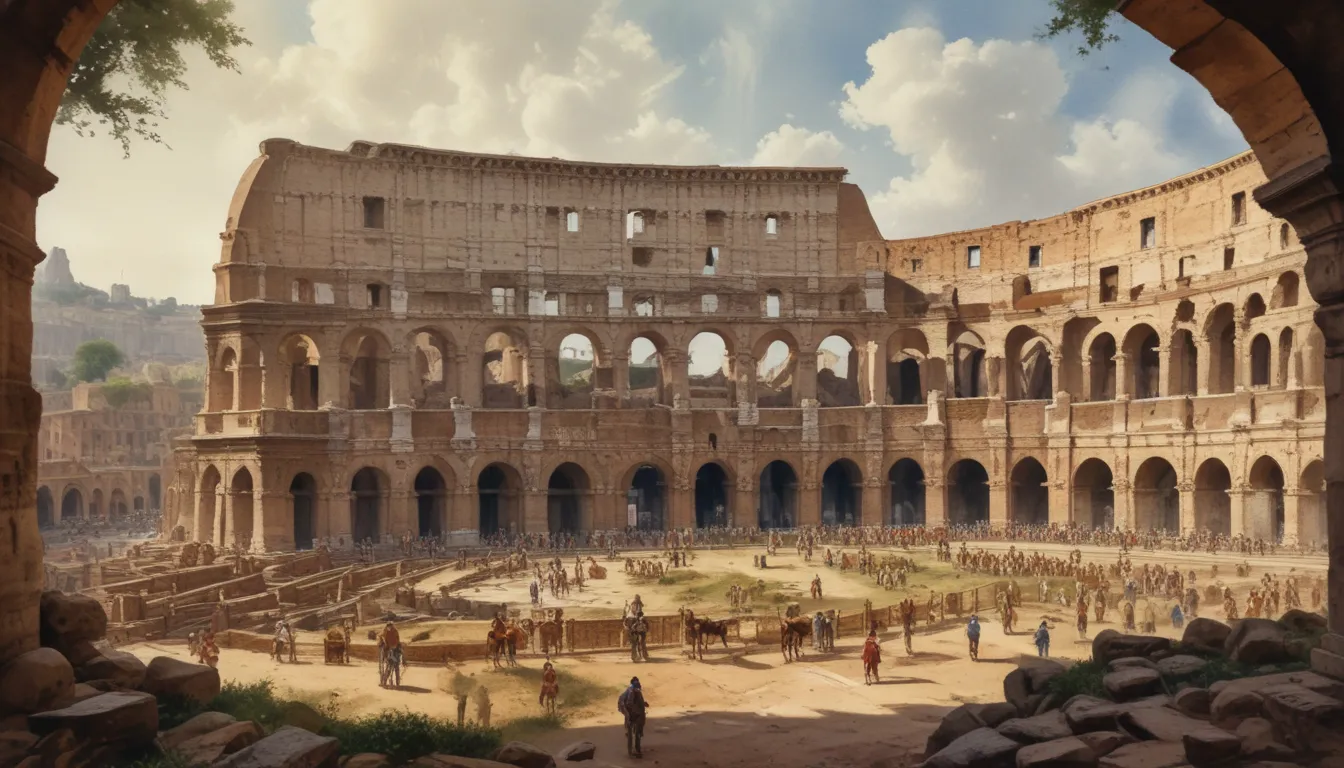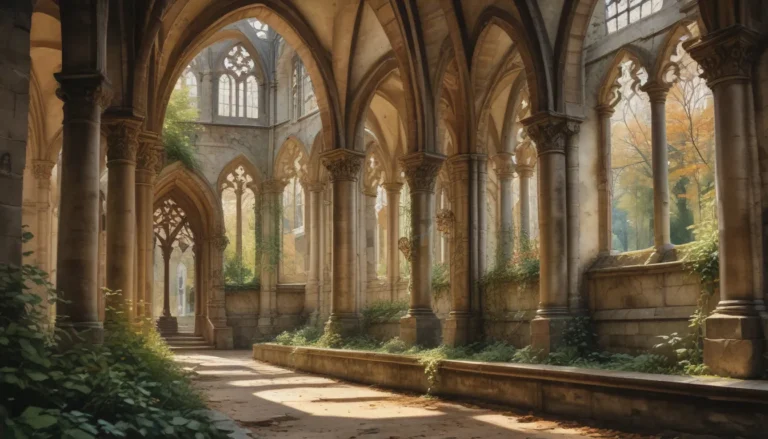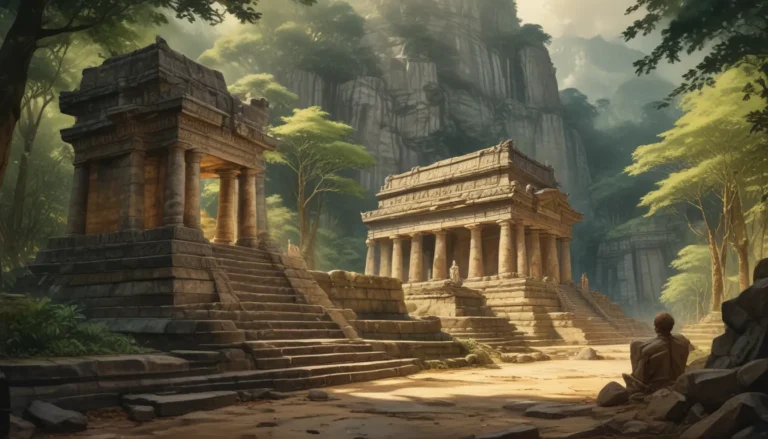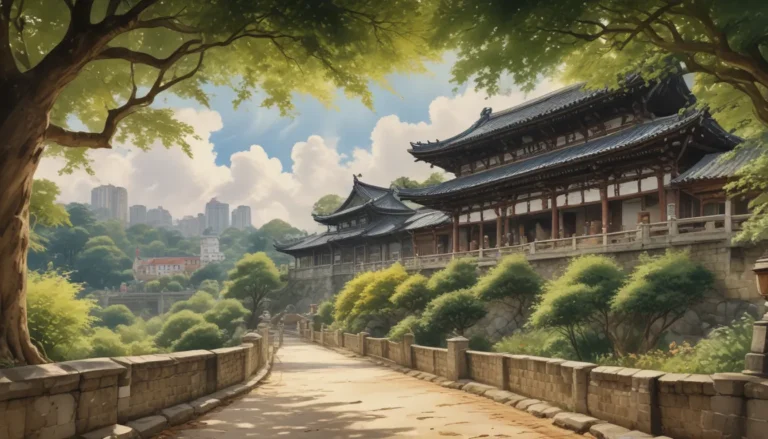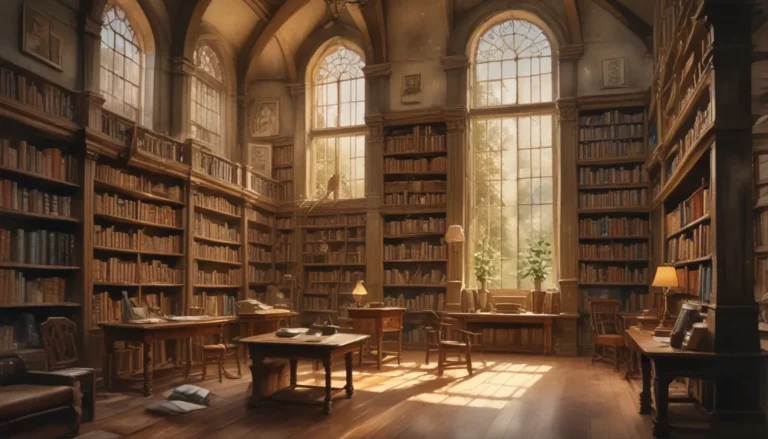The images in our articles are for illustrative purposes only and may not exactly match the content. They are intended to capture your interest and complement the text, not to replace it.
Welcome to the captivating realm of the Colosseum Theater! Steeped in over 2,000 years of history, this iconic structure stands tall, showcasing the brilliance and innovation of the ancient Roman civilization. As a global landmark that has fascinated millions, the Colosseum holds within its walls a treasure trove of secrets and stories waiting to be unveiled. In this article, we will delve into 19 astonishing facts about the Colosseum Theater, shedding light on its construction, grand spectacles, and enduring legacy. Let’s embark on a journey to discover the marvels hidden within this ancient wonder!
Unveiling the Magnificence of the Colosseum Theater
- The Colosseum stands as the largest ancient amphitheater, hosting a wide array of spectacles that inspired awe and admiration worldwide.
- Ongoing efforts to preserve and restore this architectural masterpiece ensure its historical significance is cherished by generations to come.
An Architectural Marvel: The Largest Amphitheater Ever Built
The Colosseum, also known as the Flavian Amphitheater, is a testament to the grandeur and engineering prowess of ancient Rome. This colossal structure remains the largest amphitheater ever constructed, boasting a staggering capacity to accommodate up to 50,000 spectators.
The Birth of a Legend: Construction of the Colosseum
In the year 72 AD, under the patronage of Emperor Vespasian, the construction of the Colosseum began. Completed in 80 AD by his son, Emperor Titus, this amphitheater was designed to host a myriad of public spectacles, including gladiator contests, animal hunts, and simulated naval battles.
Unveiling the Velarium: A Marvelous Retractable Awning
A striking feature of the Colosseum was its retractable awning, known as the velarium. This substantial canvas provided shelter for spectators on sunny days, operating through a complex system of pulleys and ropes, showcasing the ingenuity of Roman engineering.
Adorned with Splendor: Elaborate Decorations of the Colosseum
The Colosseum was adorned with intricate decorations, including statues, frescoes, and architectural embellishments. The facade displayed statues of gods and heroes, while the interior dazzled with colorful marble and ornate carvings, creating a spectacle of opulence.
The Enigmatic Hypogeum: A Network of Underground Tunnels
Beneath the arena floor of the Colosseum lay a labyrinth of underground tunnels and chambers known as the hypogeum. This intricate network housed gladiators, animals, and machinery, facilitating their entry onto the arena floor during spectacles seamlessly.
A Class Apart: Sophisticated Seating Arrangements
The seating structure of the Colosseum was meticulously organized, segregating spectators based on social status and gender. The best seats were reserved for the emperor and senators, reflecting the hierarchical nature of Roman society.
A Tapestry of Spectacles: Diverse Events at the Colosseum
Throughout its storied history, the Colosseum hosted an assortment of grand spectacles, including gladiatorial contests, wild animal hunts, chariot races, and theatrical performances. These events catered to a wide audience, captivating individuals from all walks of life.
Unleashing the Aquatic Arena: Flooded Mock Naval Battles
A highlight of the Colosseum’s spectacles was the mock naval battle, or naumachia. The amphitheater could be flooded using an aqueduct system, creating a realistic setting for these enthralling naval battles.
Endurance Through Turbulent Times: Damage and Preservation Efforts
Over the centuries, the Colosseum endured damage from earthquakes and neglect. However, its enduring legacy remains intact, symbolizing ancient Rome’s glory and attracting millions of visitors annually.
Resilience in Transformation: From Amphitheater to Quarry
During the Middle Ages, the Colosseum fell into disrepair, serving as a quarry for construction materials. The marble blocks were repurposed for other buildings, exemplifying the amphitheater’s adaptive nature through the ages.
A Symbol of Faith: Martyrdom at the Colosseum
During the Christian era, the Colosseum evolved into a symbol of martyrdom, where early Christians were persecuted and executed. This association with faith added a profound layer of significance to the amphitheater’s historical narrative.
The Macabre Legacy: Public Executions at the Colosseum
In addition to entertainment, the Colosseum witnessed public executions of criminals and prisoners of war. These brutal displays contributed to the amphitheater’s dark and intriguing history.
Rising From the Ashes: Rebuilding After the Fire
In 217 AD, a devastating fire ravaged the Colosseum, causing substantial damage. Despite this setback, the structure was reconstructed, continuing to host spectacles for years to come.
Embracing Change: Transformation and Abandonment
By the 6th century, the Colosseum’s original purpose had faded, leading to its abandonment. The amphitheater underwent various transformations, serving as a fortress, quarry, and even a medieval housing complex.
A Monumental Legacy: UNESCO World Heritage Recognition
Acknowledging its historical and architectural significance, the Colosseum attained UNESCO World Heritage status, standing as a testament to ancient Rome’s grandeur.
Inspiring Generations: Influence on Amphitheaters and Artworks
The Colosseum’s grandeur and engineering feats sparked the construction of numerous amphitheaters across ancient Rome and the Roman Empire. Its iconic status continues to inspire artists and filmmakers, featuring prominently in films, paintings, and artistic endeavors.
A Global Icon: Millions Flock to Witness the Colosseum
As one of the world’s most renowned landmarks, the Colosseum attracts millions of visitors annually. Its blend of historical intrigue, architectural splendor, and captivating tales cements its status as a must-visit destination for travelers worldwide.
A Timeless Legacy: Ongoing Preservation and Restoration
Dedicated efforts persist to safeguard and restore the Colosseum, ensuring future generations can appreciate its beauty and rich history. These initiatives preserve the amphitheater’s cultural significance for posterity.
Unveiling the Colosseum Theater: A Journey of Discovery and Wonder
The Colosseum Theater’s fascinating allure lies in its grandeur, cultural prominence, and historical import, captivating visitors with its enduring legacy. From its architectural magnificence to the diverse array of events that graced its stage, the Colosseum remains a beacon of ancient wonder. Whether you relish history, admire architecture, or crave a glimpse of the past, a visit to the Colosseum promises an unforgettable odyssey.
Unraveling the Splendor: Drawing the Curtains on the Colosseum Theater
In conclusion, the Colosseum Theater stands as a marvel that continues to mesmerize global audiences with its rich history, stunning aesthetics, and remarkable engineering achievements. Whether you’re enthralled by its grandeur, intrigued by its past, or simply in awe of its architectural feats, a visit to the Colosseum is an experience that leaves an indelible mark. Serving as a tribute to the ancient Romans’ ingenuity and creativity, the Colosseum is an enduring testament to human achievement.
FAQs: Unveiling Insights Into the Colosseum Theater
Q: How old is the Colosseum Theater?
A: The construction of the Colosseum commenced in 72 AD and concluded in 80 AD, making it over 1,900 years old.
Q: Can visitors explore the interior of the Colosseum Theater?
A: Yes, visitors are welcome to venture inside the Colosseum and immerse themselves in its grandeur and history.
Q: What are the dimensions of the Colosseum Theater?
A: The Colosseum boasts a circumference of 527 meters (1,729 feet) and a height of 48 meters (157 feet), offering seating for approximately 50,000 spectators.
Q: What kind of events unfolded at the Colosseum Theater?
A: The Colosseum hosted a diverse range of events, including gladiatorial contests, animal hunts, mock naval battles, and theatrical performances.
Q: How long did it take to construct the Colosseum Theater?
A: The construction of the Colosseum spanned about 8 years, showcasing the meticulous craftsmanship of ancient Roman builders.
Embark on a captivating journey through the mesmerizing world of entertainment, from the spellbinding performances of Josh Strickland to the cultural impact of the John F. Kennedy Center for the Performing Arts and the celebrated theater events at the Oregon Shakespeare Festival. Each offers a unique glimpse into the tapestry of human creativity and expression, promising an enriching exploration of the arts.
Dear Reader, as we unlock the treasure trove of facts about the Colosseum Theater, we invite you to partake in this enthralling journey of discovery and wonder. Let the grandeur of ancient Rome captivate your imagination, and may the enduring legacy of the Colosseum inspire you to explore the beauty and brilliance of human creativity. Join us in celebrating the marvels of history, architecture, and culture preserved within the hallowed walls of the Colosseum Theater.
